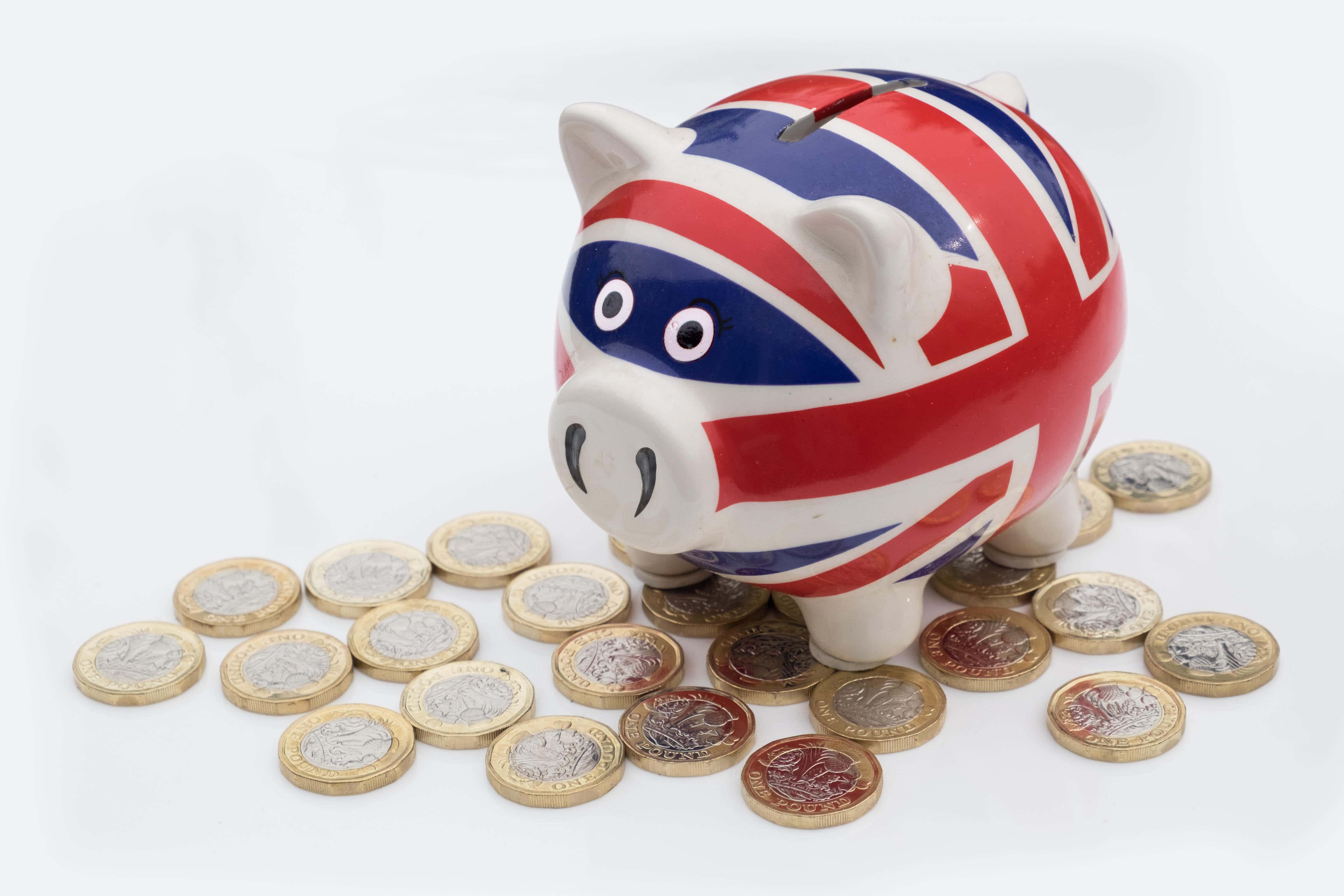UK 30-year borrowing costs hit highest since 1998 amid global bond rout
The yield on a 30-year UK government bond hit 5.115% at one stage on Wednesday morning, which is the highest level since September 1998.

Your support helps us to tell the story
From reproductive rights to climate change to Big Tech, The Independent is on the ground when the story is developing. Whether it's investigating the financials of Elon Musk's pro-Trump PAC or producing our latest documentary, 'The A Word', which shines a light on the American women fighting for reproductive rights, we know how important it is to parse out the facts from the messaging.
At such a critical moment in US history, we need reporters on the ground. Your donation allows us to keep sending journalists to speak to both sides of the story.
The Independent is trusted by Americans across the entire political spectrum. And unlike many other quality news outlets, we choose not to lock Americans out of our reporting and analysis with paywalls. We believe quality journalism should be available to everyone, paid for by those who can afford it.
Your support makes all the difference.UK government bond yields have jumped to their highest level since 1998 amid a global bond rout sparked by worries that interest rates will have to stay higher for longer.
The yield on a 30-year UK government bond – also known as a gilt – hit 5.115% at one stage on Wednesday morning, which is the highest level since September 1998, according to Refinitiv data.
Government bond yields also surged in the US to levels last seen in 2007, prompted by investor uncertainty in America after the latest jobs data showed a surprisingly heated labour market, with economic worries on both sides of the Atlantic also weighing on investor appetite.
The great bond bull market is dead, a new bear market is taking over
The bond sell-off comes at a critical time for Chancellor Jeremy Hunt, as rising yields push up government borrowing costs and may leave him with even less wiggle room ahead of his autumn statement in November.
Russ Mould, investment director at AJ Bell, said: “It feels gloomy right now with a ‘higher rates for longer’ assumption helping to sour sentiment. This is reflected in the sell-off in bonds.”
He added: “Inflation is clearly a concern, but also government debt.”
The Government borrows money by selling gilts to financial institutions in the UK and overseas.
The yield on a government bond is the amount of money an investor receives for owning the debt and is represented as a percentage of its price. When a bond price falls, its yield rises.
A higher rate of interest on gilts means the Chancellor will have to put aside more cash to meet interest payments to the owners of bonds.
Yields on the long-dated gilts have surpassed highs seen even during the fallout from former prime minister Liz Truss’s mini-budget market turmoil last September and October.
This sent yields on gilts soaring last autumn, sparking a pension fund crisis and prompting the Bank of England to step in with an emergency programme to buy UK government bonds to calm markets.
Neil Wilson, chief market analyst at Markets.com, said while the US jobs data was the catalyst for the latest rout, “it’s also majorly about deficits and about structurally higher inflation, rates and spending in the West”.
He warned the weak sentiment on bonds is here to stay: “The great bond bull market is dead, a new bear market is taking over.”
The UK has a ballooning national debt, currently standing at £2.59 trillion, while the US’s debt pile passed 33 trillion US dollars (£27.2 trillion) last month and is showing no sign of easing back ahead of the upcoming presidential election.
In the UK, borrowing has been sent soaring by Covid pandemic support and more recently help with energy bills and cost-of-living woes.
Central banks globally have also been hiking rates to try to tame inflation that rocketed higher as economies reopened after the pandemic, but with price rises proving stubborn, policymakers worldwide – including at the Bank of England – have cautioned that borrowing costs may need to stay higher for longer.